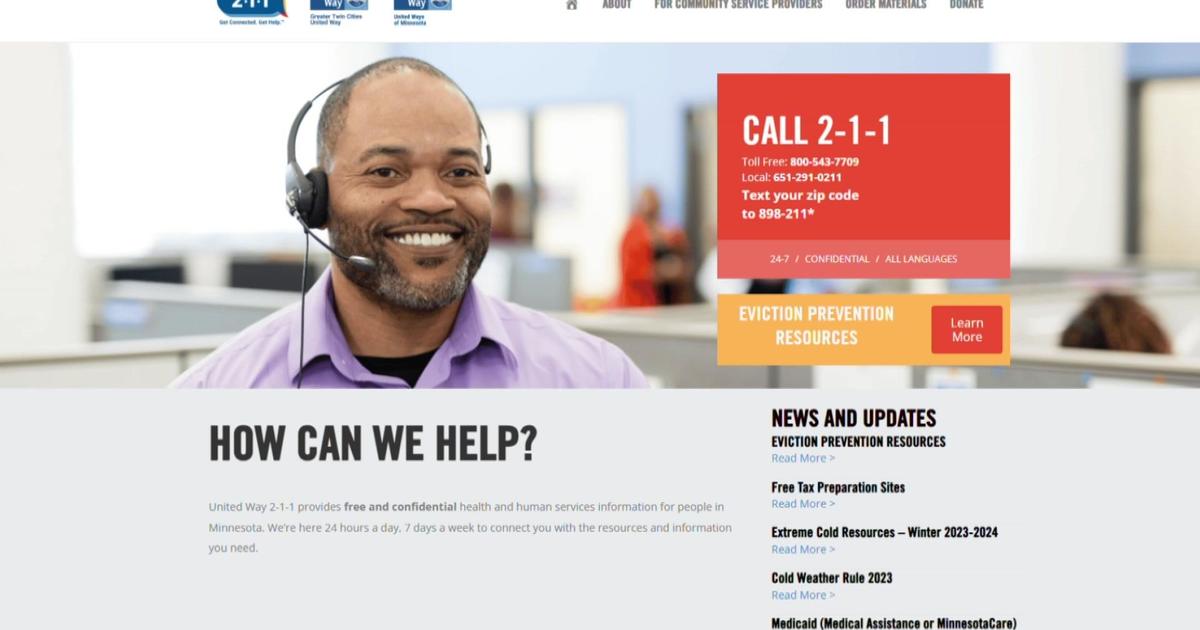Food Shelves Try To Offer Healthier Options
ST. PAUL, Minn. (AP) — Minnesota food shelves say it's challenging to supply needy families with healthier options because of the relatively high cost of fresh produce and other nutritious items when compared with high-sodium or sugary products such as canned soups and baked goods.
University of Minnesota associate professor and dietitian Susie Nanney tells Minnesota Public Radio News that it's not enough to just add healthy food — the food shelves need to reduce unhealthy items as well.
She recently evaluated the offerings at six food shelves, and using a healthy diet index, she found that the inventories scored higher than the average American diet. But she said there is room for improvement. Foods that contain high levels of sodium, such as canned soup, bakery items, and boxed macaroni and cheese, were big offenders.
But often, those items are donated and the food shelves have trouble saying no to them.
The Minneapolis Healthy Food Shelf Network, launched last spring by the city's health department, helps food shelves obtain healthier items by connecting them to new food sources, like farmers markets. It also helps food shelves display healthy food prominently for clients.
"It's the first thing they see when they walk in the door, so they're more inclined to choose those particular items," said Kristen Klingler, a senior public health specialist who oversees the network. "They don't have to go searching in the back corner to find those items. They're front and center and nicely labeled, so they look appealing."
Klinger wishes unhealthy items weren't there at all. But food shelves rely on what's available at food banks. She said she wishes food banks would talk to donors, which are often big companies, about the food they give.
Keystone Community Services, which runs three foods shelves in Ramsey County, is trying to make a healthier switch.
In 2011, the organization surveyed its clients and the results startled Christine Pulver, its director of basic needs.
"Our clients have twice the national average incidence of diabetes," she said. "They also show high blood pressure rates, cardiac issues. Some of those issues are diet related."
Last summer, she reduced the amount of food she gives to clients so she could spend more on healthy items. But she doesn't have enough money to go grocery shopping, so she relies on donations and what she can buy at the food bank.
Still, she said, her food shelves have more fruits and vegetables and low-sodium and low-fat products than before.
"If you were to compare what you saw on our shelves five years ago to what you see now, it's a night and day difference," she said. "We have apples, tomatoes, salad greens."
(© Copyright 2013 The Associated Press. All Rights Reserved. This material may not be published, broadcast, rewritten or redistributed.)



